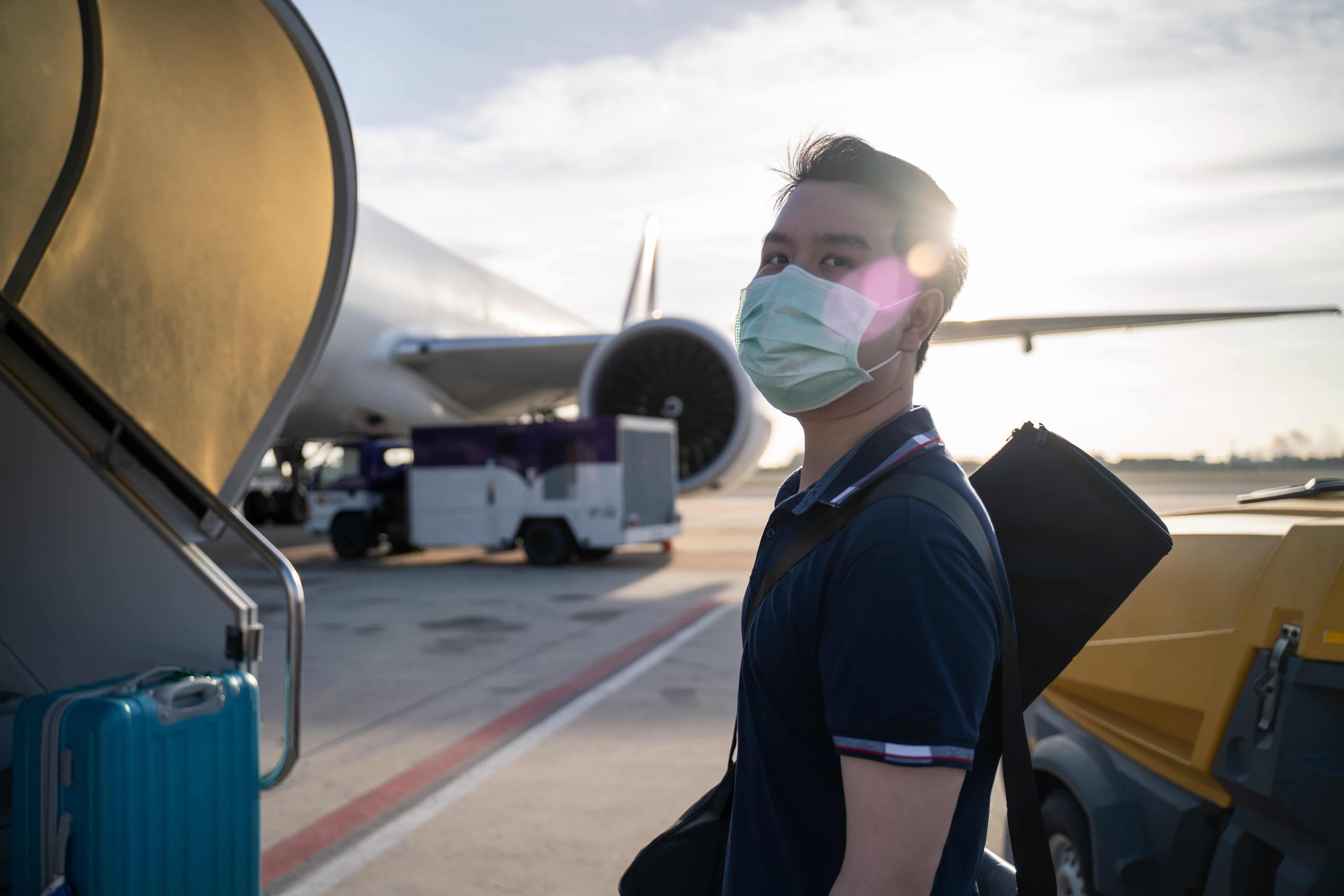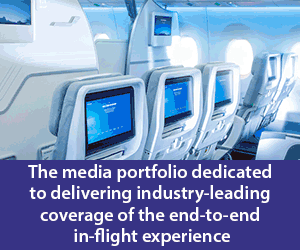
In 2020, the dialogue around in-flight experience was dominated by the urgent need for safety and security. PPE, air filters, screens, the middle seat debate, new seating concepts… The question on all passengers’ lips was “Is it safe to fly?” and the industry found itself having to fight to get passengers back onboard rather than focus on refining their in-flight experience.
Despite the war against COVID-19 being far from over, 2021 has begun with a renewed focus on connectivity and comfort. This week, Delta Air Lines finalised a deal with high-speed Wi-Fi provider Viasat, evidence that the airline is still focused on securing “a future rooted in deepened customer interactions with technology” (Ekrem Dimbiloglu, Director of Brand Experience – In-flight Entertainment and Wi-Fi, Delta Air Lines). Adding Viasat’s next-generation satellite technology to its fleet will give Delta more options to modernise how customers stay connected and enjoy content in-flight.
Continuing with connectivity, via Bluebox Aviation Systems’ integration of W-IFE into the Airbus Open Software Platform, Airbus has taken another step towards realising its ambitious “Airbus Connected Experience”, whereby the Internet of Things will be brought into the aircraft cabin, paving the way for a new personalised passenger experience.
On the comfort side, Sichuan Airlines has selected Honeywell to fit its A320s out with auxiliary power units which provide electrical power and air conditioning whilst a plane is on the ground, ensuring that comfort becomes a part of a passenger’s experience as soon as they board the aircraft. Further, ASL Airlines Ireland’s ATR 72-600 is now flying with Liebherr-Aerospace’s new integrated air management system, which improves onboard comfort for both passengers and crew.
It is clear, then, that the in-flight industry is ready and determined to move on. Will 2021 be a year of recovery and resurgence? The commitment is there, but only time will tell.






